Types of Sand Dunes
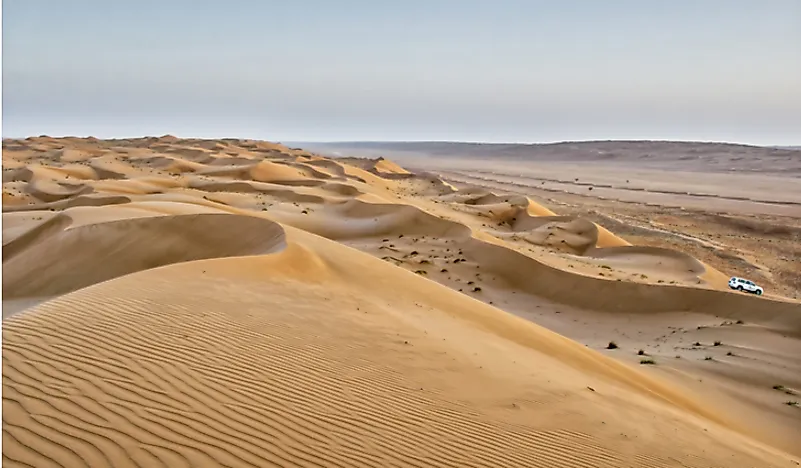
Sand dunes are part of nature’s scintillating creations. They are mounds formed by loose grains of sand blown by the wind and gathered in one place creating a small hill. Sand dunes cannot be formed without sand and wind. Most sand dunes form in deserts and sandy beaches. Enormous sand dunes in the Sahara Desert are called sand seas. Understanding the types of sand dunes and their formation assists in the development of infrastructures like gas and oil fields. It also helps in controlling the movement of sand. Subsequently, the five major types of sand dunes are Star, linear, parabolic, barchan, and reversing sand dunes. The velocity, turbulence, and direction of wind determine the types of sand dunes formed. Also, the amount of sand available also influences the kind of sand dune formed.
5. Star
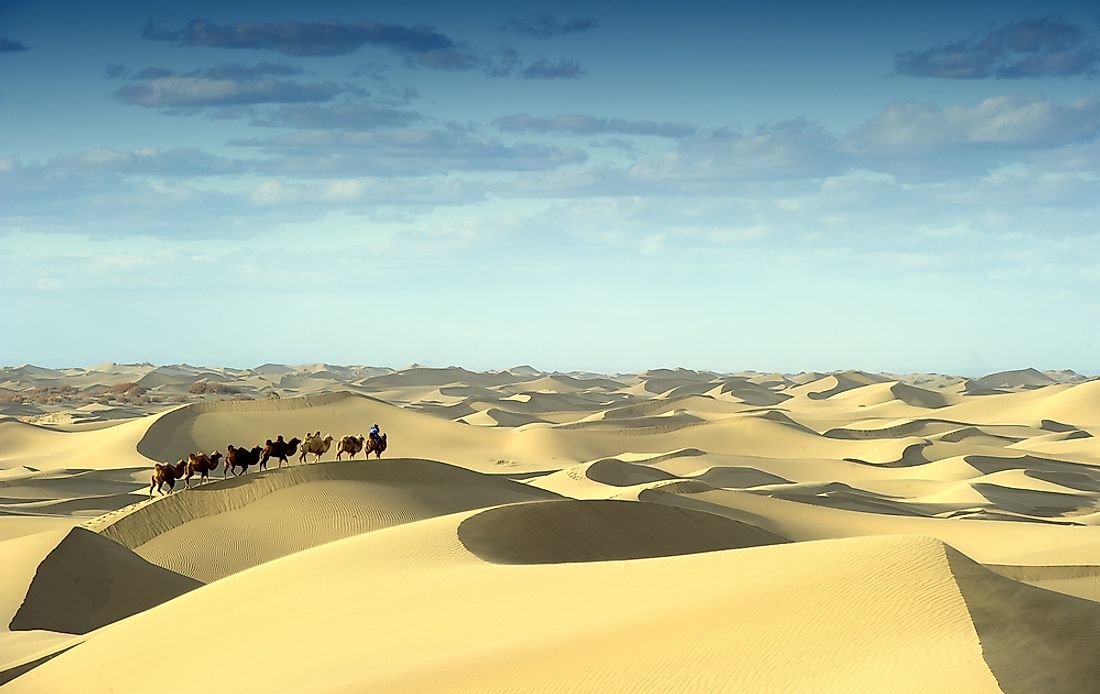
The star sand dunes are pyramid-shaped. They form in places with multidirectional and strong wind regimes. Furthermore, they need large amounts of sand for their formation. The star dunes grow upwards and outwards. They have three or more ridges that radiate from a center point. The slip face of star sand dunes keeps changing direction depending on the flow of wind. Besides their pyramid shape, the star dunes are the tallest sand dunes on the earth. For instance, the star dunes in Badain Jaran Desert in China grow up to 500 meters tall. An example of star dunes is in the Grand Erg Oriental of the Sahara desert. In other deserts, the star dunes form near topographic barriers around margins of the sand seas. Star dunes form 8.5% of the world’s total sand dunes. Other places which exhibit the presence of star sand dunes include Gran Desierto de Altar in Mexico and the eastern Rub’al Khali located in the Arab peninsula.
4. Linear
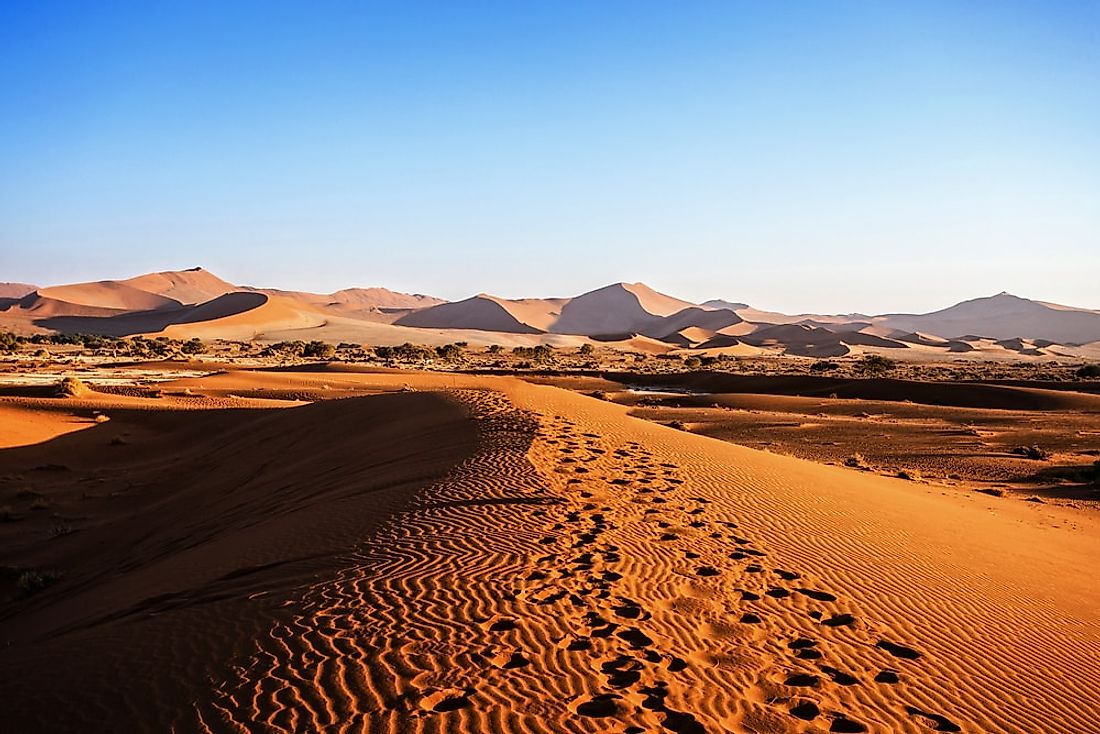
The linear sand dunes are the longest type of sand dunes in the world. They may grow as long as 120 to 200 km such as those found in the Sahara Desert. Also, they are straight, regular-spaced, and snake-like in shape. A prominent feature of the linear sand dunes is the ridges. The dunes appear as isolated and large symmetrical peaks. Miles of gravel, sand, and rocky interdune corridors separate them from each other. Apart from the straight shape, some linear sand dunes combine to form Y-shaped compound dunes. The linear sand dunes require strong winds from two directions for their creation. As such, they form in the presence of both the primary wind and cross-wind directions. Simply put, the linear dunes form in bidirectional wind regimes. Most of them form in desert places where there is barren ground between the dunes. Furthermore, the linear sand dunes possess long axes that extend in the direction of the movement of the sand.
3. Parabolic
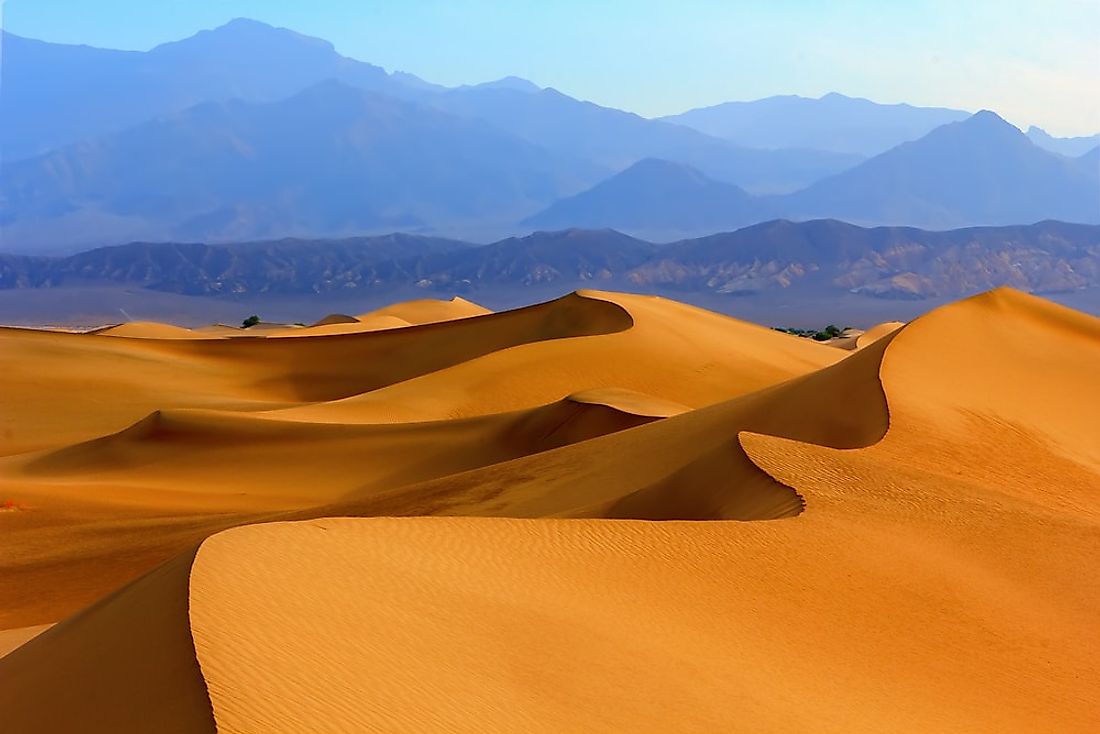
A parabolic sand dune is an inverted crescent-shaped dune that has vegetation-anchored tips. Sometimes, it seems like it is U-shaped. The tips of the parabolic dune point towards the upwind direction. On the other hand, its steep slip face points to the downwind side. The longest known parabolic dune ever recorded has a trailing arm almost 12 km long. Parabolic dunes form when little vegetation begins to grow on the ends of a sand dune. Its formation requires moderate amounts of sand and strong winds. Most parabolic sand dunes form near lake shore areas known as the “seas.” Other names referring to the parabolic sand dune are U-shaped, blowout, and hairpin dunes. One can find these dunes in coastal deserts.
2. Barchan
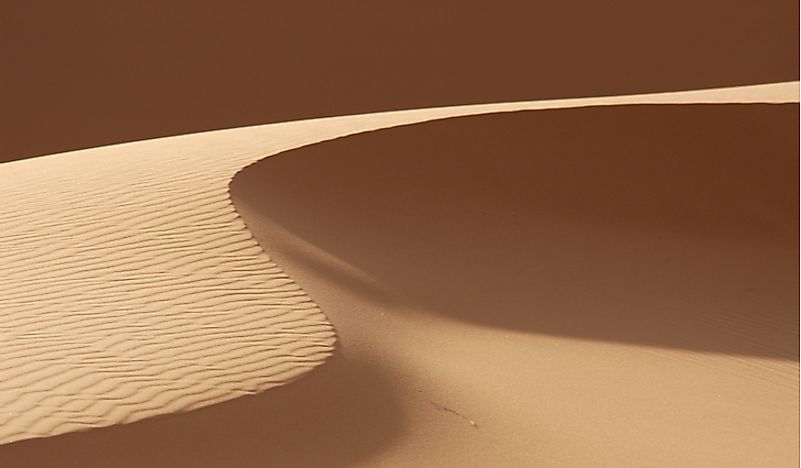
A barchan sand dune is a crescent-shaped dune. It has a steep slip face whose tips point away from the wind. The dunes are separated from each other and keep moving along the surface of the barren deserts. In most cases, the creation of barchans takes place where there are limited portions of sand. In fact, deserts that experience many barchan dunes are inland and open like Turkistan Desert. Barchans are the most common sand dune compared to the other sand dunes found both on Earth and Mars. Their sizes are more wide than long. They can be 9-30 m long and 370 m wide. The barchans form where the winds blow consistently from one direction. They move faster over the desert surfaces than any other dunes-hence they are the fastest moving sand dunes that ever existed. The speed of the barchans may range from 1-100 meters per year. For instance, in China’s Ningxia Province, a group of dunes moved for about 100m per year from 1954-1959. The Western Desert in Egypt also has a history of barchans traversing the desert in speeds close to the dunes in Ningxia Province in China. The largest barchans on Earth are in Taklamakan Desert in China. Barchans also exist in sea beaches such as the Peru beach. Other names for the barchans are transverse dunes and crescentic dunes. Alexander von Middendorf is credited with introducing the word barchan into the scientific literature in 1881.
1. Reversing
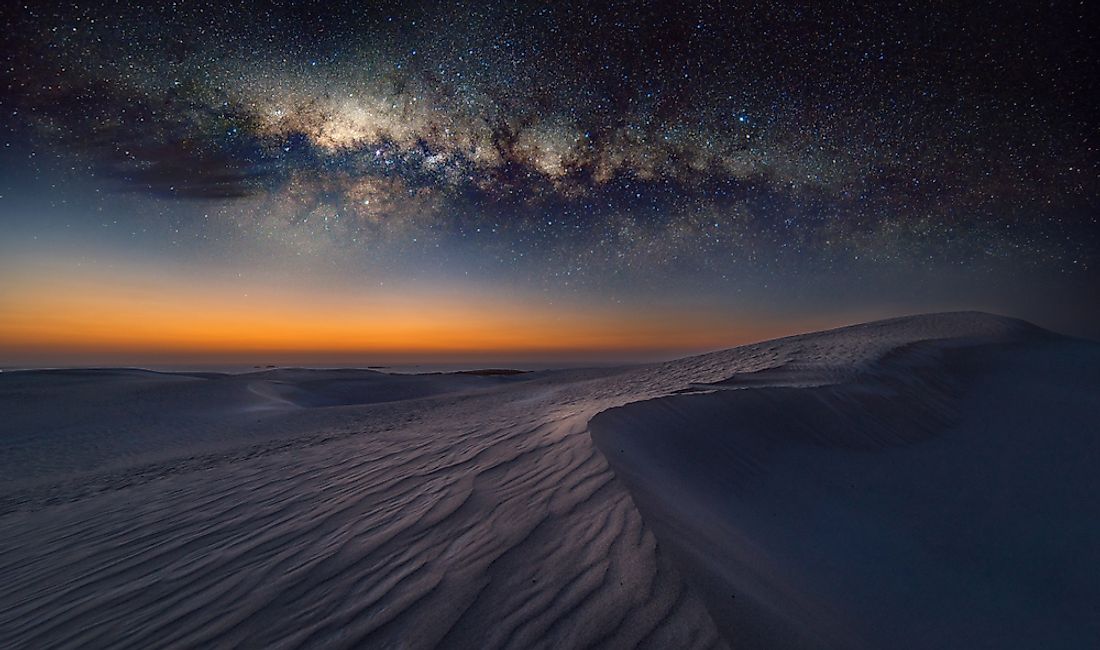
Reversing sand dunes can be found in areas where the wind periodically changes direction or reverses its direction. The winds blowing in the opposite directions have a balanced combination of duration and strength. An example of a reversing sand dune is in the Algodones, California. These dunes form where sediment supply is abundant. An attractive feature of the reversing sand dunes is the “Chinese Walls” that builds on top of the dunes. The reversing dunes form by having variations of the other sand dunes mostly the star and the transverse sand dunes. The reversing sand dunes can move horizontally to a limited distance due to the seasonal shifts in the wind direction. They have two slip faces: the primary and secondary slip faces. The secondary slip face points to the opposite direction as the primary slip face. The sand dune grows vertically.











